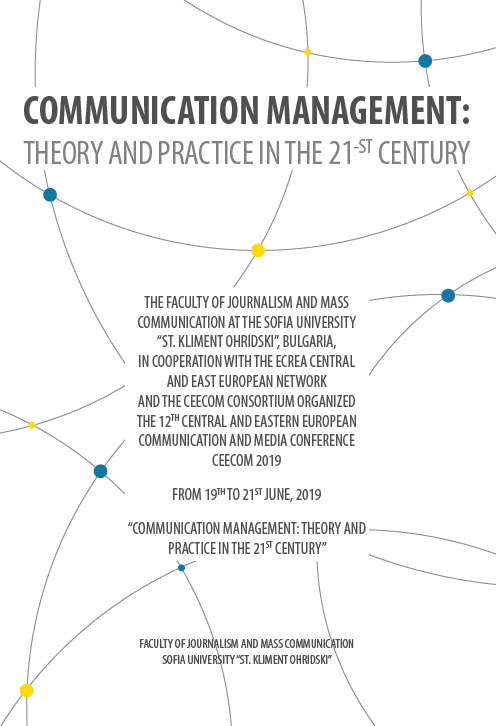MEDIA STEREOTYPES AS A FORM OF ANTI-COMMUNICATION
MEDIA STEREOTYPES AS A FORM OF ANTI-COMMUNICATION
Author(s): Zina Sokolova
Subject(s): Social Sciences, Media studies, Communication studies, Theory of Communication
Published by: Факултет по журналистика и масова комуникация, Софийски университет „Св. Кл. Охридски”
Keywords: Bulgarians; poor; history; Romani; migrants
Summary/Abstract: The global Hack the News Datathon in January 2019 gathered together more than 250 AI and data science academics and professionals from over 50 countries to help develop a tool that can automatically identify propaganda in the news. It focuses on detecting the use of propaganda and specific propagandist techniques. Some of the indicators the program was created on are related to exaggerated allegations and loaded language. Similarities can easily be found between fake news and propaganda and the use of familiar media stereotypes in the contemporary Bulgarian press. Fake news is completely untrue and it soon becomes clear to everyone. Yet, it is hard for people to understand what is true in stereotyped news and what is exaggerated.The key issue is the lack of professional responsibility. Recently, the problem with the fake news and the ‘news’ from the social media is becoming more and more serious – the Guardian journalist Carole Cadwalladr described how Facebook became a platform for lies and illegal behaviour in the Brexit campaign1. The social media possess no professional responsibility for the “news” they create and spread. Today the role of the professional media and journalists is increasing – they should produce objective and balanced articles and analyses. But do they?
Book: Communication Management: Theory and Practice in the 21st Century
- Page Range: 364-371
- Page Count: 8
- Publication Year: 2020
- Language: English
- Content File-PDF

